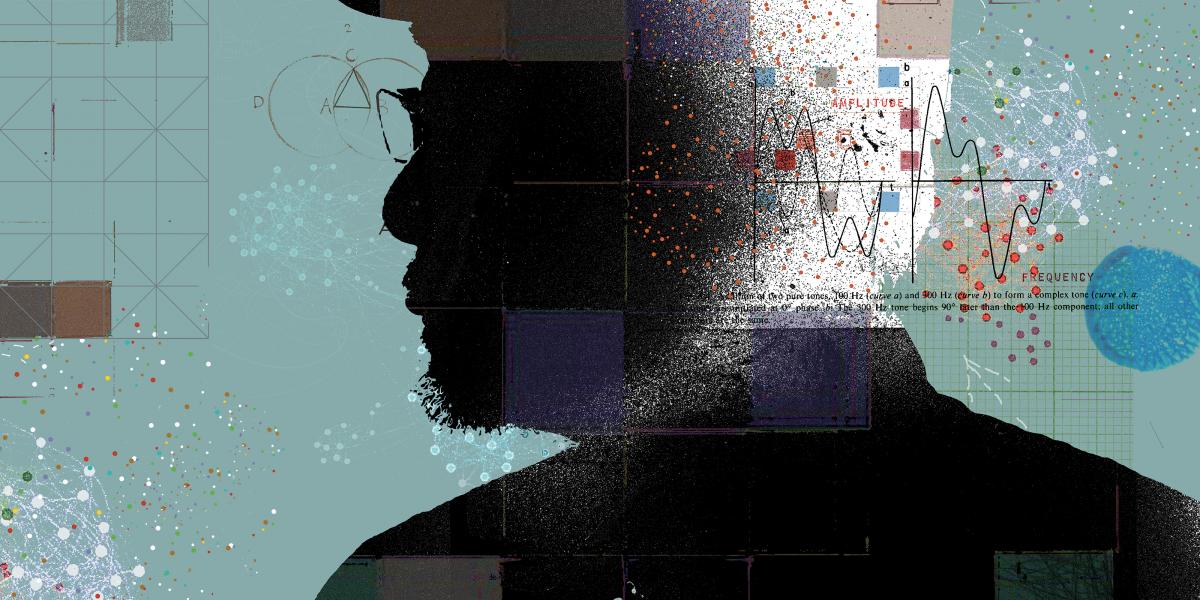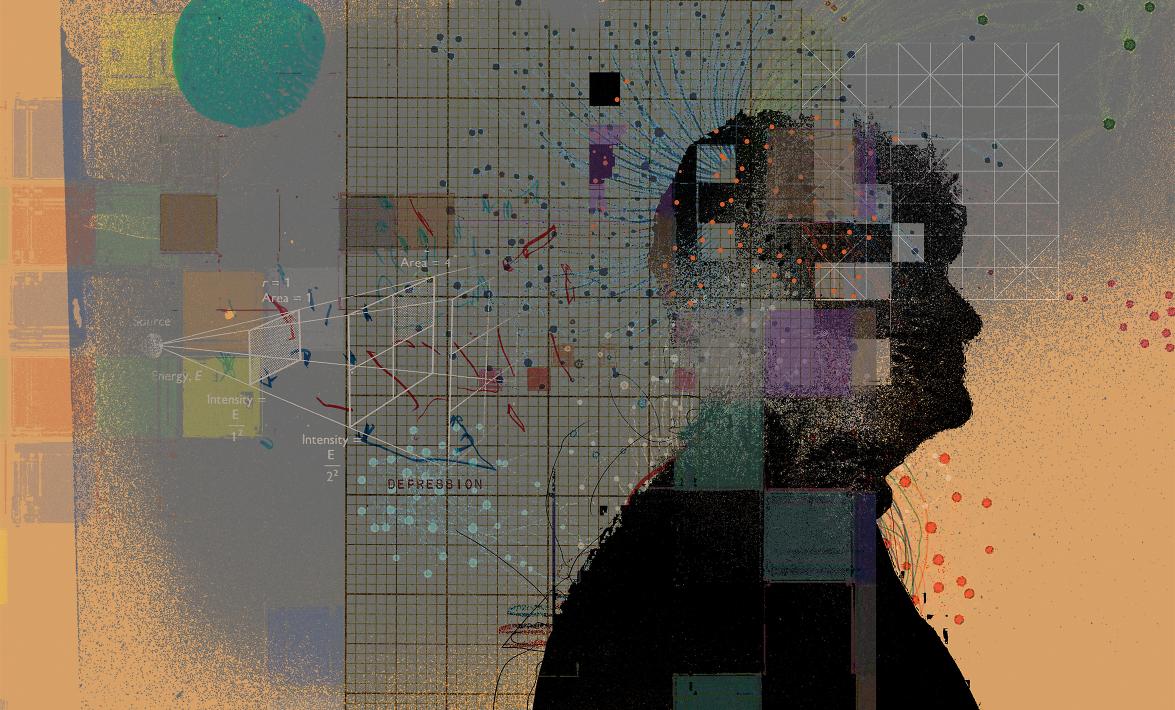Bihar Assembly clears diluted prohibition law
in 2016 when the original prohibition law was passed I had written a blog post .
I am compelled to copy that post here.
"In India, political parties resort to the populism of prohibition mainly deriving their legitimacy from the Directive Principles of State Policy. A sense of pseudo morality pervades across the political spectrum on the issue of alcohol consumption. Advocates of prohibition cite reasons such as alcoholism, indebtedness and intimate partner violence (IPV). But banning alcohol is never an effective check against its use."
"So, let us be prepared for more criminal activity, more deaths amongst the poor fuelled by illegally brewed poisonous alcohol, more hard liquor being drunk secretly in dingy corners, more corruption in the police force and more misery for those who wish to drink sensibly."
It is a poor policy option. Alcohol abuse is a public health, not moral, problem
Witness the tower of booze. Unfortunately, this picture was taken in 1924, near the beginning of Prohibition. What followed could only be described as a crime against (drunk) humanity. The entire stash was set ablaze to rid the world of this alcoholic scourge.
How good is the prohibition of alcohol in Islamic states?
"Amongst the many crimes Vijay Mallya seems to have gotten away with, that he could run an airline named after the most popular alcoholic beverage in the country"
One of My relatives who was a SBI general manager was a collector of sample bottles of alcoholic beverages from All over the world.
he used to Live in Hyderabad and NTR who like Ronald Reagan Suffered from Dementia when he was ruling the combined Andhra pradesh state during his second/or was it 3rd term? put in to place prohibition.
While thousands were drinking illicit "tarra " made by the women of Dhoolpet the excise police raided this general managers house and confiscated his "Hoard of alcohol" and booked him for possession of alcoholic beverages without a permit.
the case went on for a number of years and funnily it was still going on in courts while NTR repealed the prohibition and started a Government sponsored liquor distribution called 'VaaruNi vaahini"
"వారుణి వాహిని "
అన్నగారి హయాంలో మెదటిసారి ముఖ్యమంత్రిగా ఉన్నప్పుడు సారా దుకాణాలకు ఈ పేరు పెట్టి విచ్చలవిడిగా అమ్మారు.మళ్లీ 94లో ముఖ్యమంత్రి అయినప్పుడు మద్యనిషేదం మీద మొదటి సంతకం చేసి ఆ పాపాన్ని కడిగేసుకొన్నాడనుకోండి!
రానారె, అది “వారుణి” నే!(చూ.waaruNi n. class. 1 west, region of Varuna. 2 alcoholic liquor.)ఇక “వాహిని” విషయానికొస్తే నది అని అర్థం (చూ.waahini n. class. 1 river. 2 army.) అంటే అక్షరాలా సారా నదీమ తల్లి పరవళ్లెత్తుతూ ప్రవహించిందన్న మాట!
తెలుగు జాకెట్టు గుడ్డ పథకం
పూతరేక్స్ లో వారుణి వాహిని కి కీ.శే. రామారావుకి సంబంధ ఏమిటని అడిగారు. మంచి సమాధానాలొచ్చాయి. అవి చదివిన తర్వాత ఇది రాయాలనిపించింది.
ఆపథకం పేరులో ముందు తెలుగు అని ఉంది. 'తెలుగు వారుణి వాహినీ పథకం'. రామారావు గారికి సంస్కృతసమాసాలూ, అచ్చతెలుగు పేర్లు చాలా ఇష్టమనుకొంటా. పౌరాణికసినిమాల అనుభవం మరి. అలాగే హంద్రీనీవా ఎత్తిపోతల (లిఫ్ట్ ఇరిగేషన్) పథకానికి 'హంద్రీనీవా సజల జల స్రవంతి' అని అనుకొంటా పేరు పెట్టాడు. గ్రామాల్లో ఆడవారికి టాయిలెట్ల కోసమని ఒక పథకం పెట్టాడు. దాని పేరు కూడా స్వచ్చమైన తెలుగే. 'తెలుగు మహిళా మరుగు పథకం' అనో 'తెలుగు మహిళా బహిర్భూమి పథకం' అనో ఉండాలి. ఆరోజుల్లో ఢిల్లీలో ఉండేవాడిని. స్లీవెలెస్ల బాధ భరించలేక, అదే రామారావయితే ఏం పథకం పెట్టేవాడు అని అలోచించా. బహుశ: 'తెలుగుబిడ్డ- జానెడు జాకెట్టు గుడ్డ' పథకం పెట్టేవాడేమో! క్షమించాలి. జాకెట్టు ఆంగ్ల పదమని ఇప్పుడే ప్రసాద్గారు చెప్పారు. పథకం పేరు మర్చేస్తున్నా- 'తెలుగుబిడ్డ- జానెడు రవికె గుడ్డ.' ఇంకా తెలుగులో చెప్పాలంటే, 'తెలుగుబిడ్డ- జానెడు కంచుకం గుడ్డ పథకం.' జాకెట్టును కంచుకం అని కూడా అంటారని విన్నాను. నిజంగా పెట్టేవాడేమో? కాని ఈలోపునే లక్ష్మీపార్వతితో బిజీ అయిపోవడం వల్ల ఆడబిడ్డలకి టైమ్ కేటయించలేక పోయాడు, పాపం.
similarly all over the world from a very long time there have been such laws passed and failed miserably.
here is a wikipedia article on prohibition laws in India
Instead of consuming alcoholic beverages manufactured under the safeguards of state and federal standards, for example, people now drank "rotgut," some of it adulterated, some of it contaminated. The use of methyl alcohol, a poison, because ethyl alcohol was unavailable or too costly, led to blindness and death; "ginger jake," an adulterant found in bootleg beverages, produced paralysis and death. 1 The disreputable saloon was replaced by the even less savory speakeasy. There was a shift from relatively mild light wines and beers to hard liquors-less bulky and therefore less hazardous to manufacture, transport, and sell on the black market. Young people-and especially respectable young women, who rarely got drunk in public before 1920–– now staggered out of speakeasies and reeled down the streets. There were legal closing hours for saloons; the speakeasies stayed open night and day. Organized crime syndicates took control of alcohol distribution, establishing power bases that (it is alleged) still survive. Marijuana, a drug previously little used in the United States, was first popularized during the period of alcohol Prohibition (see Part VIII); and ether was also imbibed (see Chapter 43). The use of other drugs increased, too; coffee consumption, for example, soared from 9 pounds per capita in 1919 to 12.9 pounds in 1920. 2 The list is long and could be lengthened–– but we need not belabor the obvious.
Did you know that there is a prohibition law on the statutes of Maharashtra !
Bombay State had prohibition between 1948 and 1950, and again from 1958.[2] Gujarat has a sumptuary law in force that proscribes the manufacture, storage, sale and consumption of alcoholic beverages. The legislation has been in force since 1 May 1960 when Bombay State dissolved into Maharashtra and Gujarat. The Bombay Prohibition Act, 1949 is still in force in both states, however the licensing regime in Maharashtra is quite liberal with granting licenses to vendors and traders.
ది రీసన్ ఫర్ మై బ్లాగ్ పోస్ట్ ఐస్ ది లేటెస్ట్ డ్రాకోనియన్ బీహార్ ప్రొబిబిషన్
"All of the drugs discussed in this Part, including alcohol, have important medicinal or social uses. All are subject to the same kinds of misuse. Establishing a social policy designed to maximize the benefits and to minimize the damage done by these drugs is a challenge for the future"
"On the provision of arrest of family members in the event of liquor bottle being found at their house, the CM said only adult members will be penalized on the premise that somebody in the household must be knowing as to who has brought the liquor."
(Is this provision constitutional?)
Isn't this like the collective fines imposed on whole villages by the Nazis and the British colonialists?
"In God's own country" also known as the most literate state called kerala .
"However, sale of alcohol will continue to be permitted in 5-star hotels, and there were fourteen 5-star hotels in the state as of August 2014."
Lakshadweep completely bans the sale and consumption of alcohol.[6] Consumption is permitted only on the island of Bangaram. Bangaram is an uninhabited island, but the Bangaram Island Resort has a bar.[15]
which goes to show you have different rules for the Rich and poor .
I do not know in which fairy land this CM Nitish Kumar is living to give statements like
"Kumar said with better harnessing of toddy produces, the lives of those depending on production and marketing of toddy juice will change for good with the marketing of other produces like jam, sweetmeat, jaggery from it. Brooms, mats and fancy items from branches and leaves will fetch good money for them, he said."
Kumar said legal experts had detected several deficiencies in the previous law and suggested amendments but the state government has gone for a total overhaul by bringing in a new legislation. ( I would love to listen to theses experts)
"But no fresh licence was being issued and the manufacturers have been told to market liqour produced at their plants in Bihar in GPS-equipped vehicles with escorts outside the state, he said."
( So It is Ok to export this so called " Poison")
looks like we can convert the whole police force in to excise policemen according to Nitish
"Defending prohibition in Bihar, Kumar said crimes like rape, murder, dacoity, road accidents, theft and extortion had come down since April this year even though there has been sharp rise in cases registered under the excise law."
Manipur
it took 2 decade safter another idiot CM R.K. Ranbir Singh to impose the prohibition in 1991 and the present Cm to try and lift the prohibition all over the state.
even when the law is on the book
Local brews called ashaba andatingba are available in most areas, and authorities usually ignore their sale and consumption.[6]
Nagaland
The Nagaland Liquor Total Prohibition Act (NLTP) banned the sale and consumption of alcohol in 1989.[20] Enforcement of the ban is lax and Indian Made Foreign Liquor is readily available. Authorities generally turn a blind eye towards illegal sales. Reports have stated that some police officials themselves engage in bootlegging.[6][21] The Congress party has termed prohibition a "total failure" and has pleaded for it to be revoked.[2]
The Morung Express estimated that were about 500 illegal liquor bars in Dimapur, the largest city in the state, as of August 2014.[2
"When Mizoram repealed prohibition in July 2014, 17 years after it had been imposed, its excise minister explained that he had proposed this bill so that “those people who cannot do without drinks can find good quality liquor at cheaper prices”. He also claimed that he had “asked god to prevent me from introducing the bill in the assembly if that is what he really wanted”. Clearly, god had commonsense. Do our politicians?"




